COLOR OUT OF SPACE (2019)
A secluded farm is struck by a strange meteorite which has apocalyptic consequences for the family living there and possibly the world.
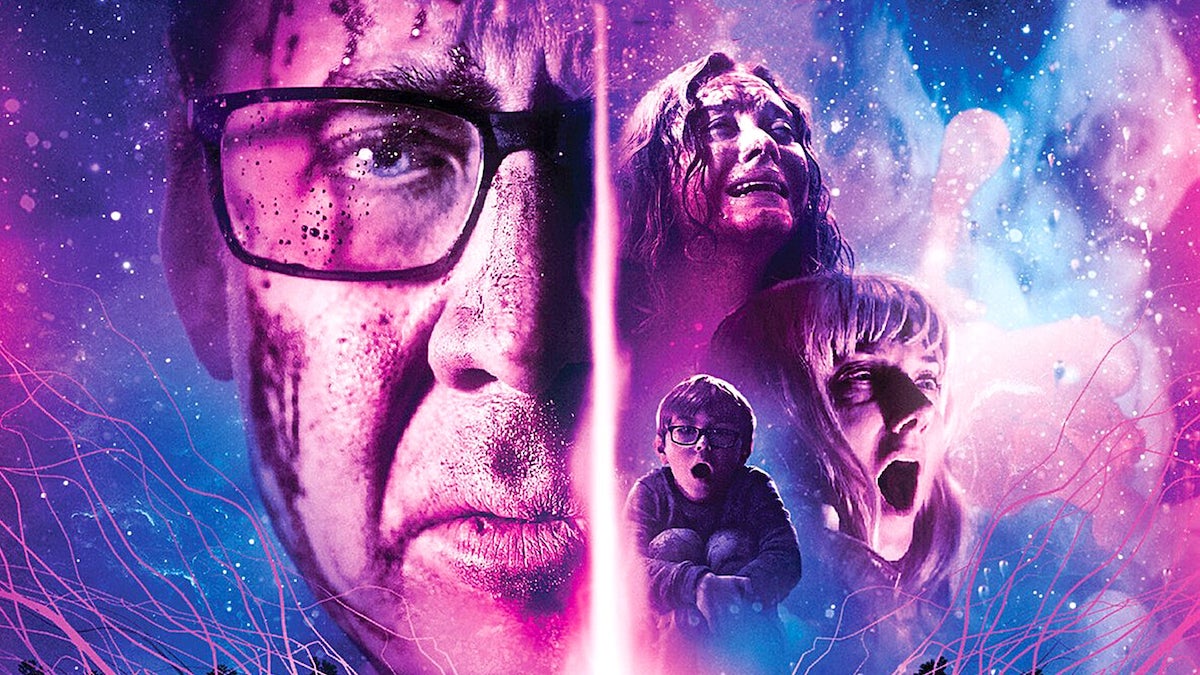
A secluded farm is struck by a strange meteorite which has apocalyptic consequences for the family living there and possibly the world.

H.P Lovecraft’s horror fiction is notoriously difficult to adapt to the screen because it often deals with unfathomable imagery. This means words are the perfect way to stoke a reader’s imaginations and let them fill in the gaps. Making Lovecraft’s ideas less ambiguous by putting them up on on-screen means they can lose much of their power, although there are exceptions to this. Stuart Gordon was the most prolific filmmaker to tackle H.P Lovecraft’s oeuvre, adapting Re-Animator (1985), From Beyond (1986), Dagon (2001), and a 2005 episode of Masters of Horror called “Dreams in the Witch-House” to bring the author’s unique brand of chills to the mainstream. And now, Richard Stanley (Hardware) is poised to take the late Gordon’s mantle, as Color Out of Space is intended to be the first of a Lovecraftian trilogy of films from the South African filmmaker.
1927’s “The Colour Out of Space” was Lovecraft’s personal favourite of his short stories, and it’s been adapted a surprising number of times already. Die, Monster, Die! (1965) was loosely based on its premise, The Curse (1987) updated the tale for the modern age, and more recently there have been European versions set in both Italy, Colour from the Dark (2008), and Germany, The Color (2010). Alex Garland’s Annihilation (2018) may have adapted Jeff VanderMeer’s 2014 novel, but his original story was clearly influenced by Lovecraft’s tale. As was Stephen King’s 1987 horror novel The Tommyknockers and his 1976 short story “Weeds”, which became a vignette for Creepshow (1982) with clear parallels to “The Colour Out of Space”.
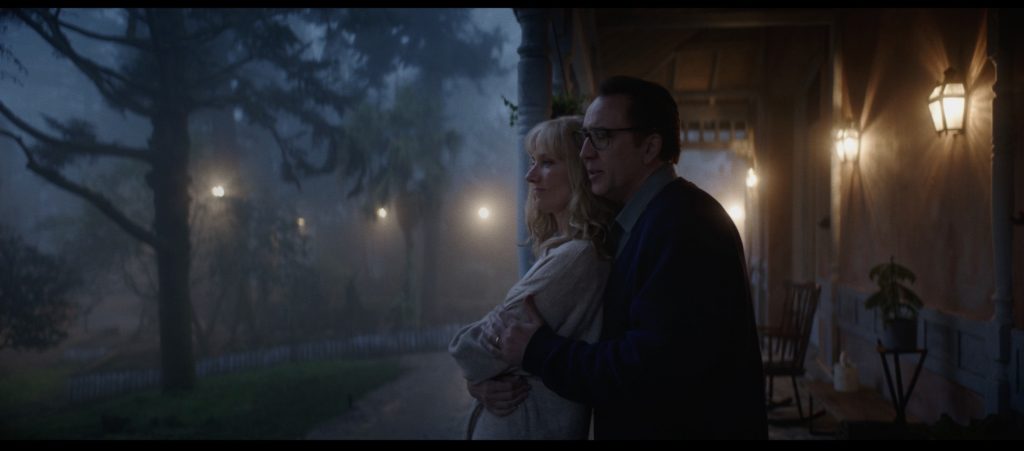
In this latest version, artist Nathan Gardner (Nicolas Cage) moves his family to a rural farm near the town of Arkham, Massachusetts, following his wife Theresa’s (Joely Richardson) mastectomy. Nathan dreams of growing tomatoes and milking alpacas, to become self-sufficient and start again. But he’s choosing to ignore the fact his wife’s business as a financial advisor is now failing due to glitchy broadband, his pothead son Benny (Brendan Meyer) has started hanging out with a local hermit called Ezra (Tommy Chong of “Cheech & Chong” fame), his teenage daughter Lavinia (Madeleine Arthur) is performing Wiccan rituals to aide her mother’s convalescence, his youngest son Jack (Julian Hillard) has become withdrawn and now only interacts with their dog, and nobody is taking Nathan’s positive vision of life in the countryside seriously.
But that’s all the least of Gardner’s worries when a glowing pink meteorite crash lands on their front porch, coming to rest inside a smoking crater, whereupon it starts to affect creepy changes on his family after the authorities are called to inspect it before it crumbles into dust. Nathan starts smelling foul odours and uncharacteristically losing his temper, little Jack starts to think a man is living inside a well that’s now surrounded by peculiar purple flowers, Theresa sustains a terrible injury through absent-mindedness, and freakish insects and translucent squids are briefly glimpsed around their home. What’s going on, will it escalate, and how can it be stopped?
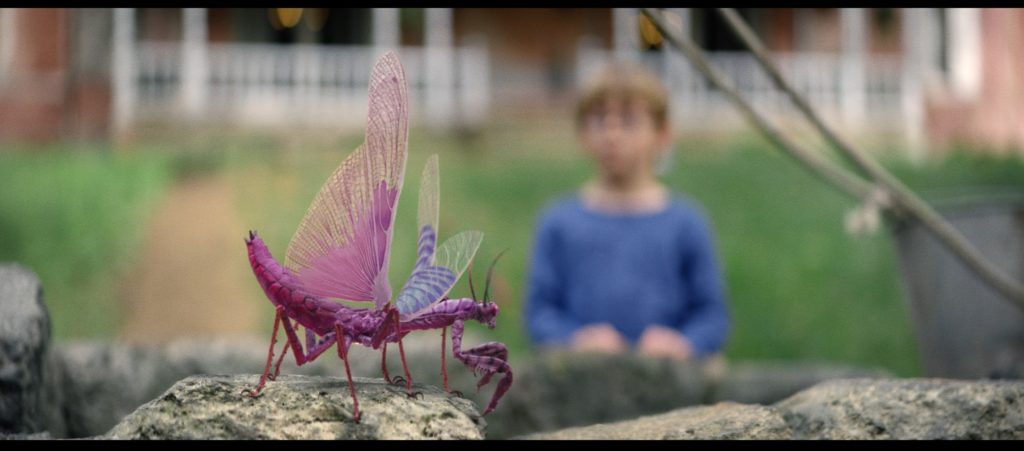
Richard Stanley makes his belated return to filmmaking since being fired from the disastrous adaptation of The Island of Dr Moreau (1996) a fortnight into principal photography. A cult director with a fascinating career and personal history (his father was famous African explorer Sir Henry Morton Stanley who spoke the phrase “Dr Livingston, I presume?”), Stanley’s the kind of kook a decent adaptation of H.P Lovecraft needs behind it. The fact he made this movie for $12M is surprising given how amazing it looks (everything was filmed in Portugal), although since it only grossed $986K one hopes that won’t mean Stanley’s planned adaptation of The Dunwich Horror won’t happen. He clearly has a knack for finding a Lovecraftian tone of otherworldly horror and uncanny sights, which aren’t adversely affected by having to show something tangible to audiences instead of book readers. I mean, the alien “colour” is supposedly new to human eyes, when it’s clearly a purplish pink on screen. The same phantasmagorical pink From Beyond was imbued with, perhaps intentionally.
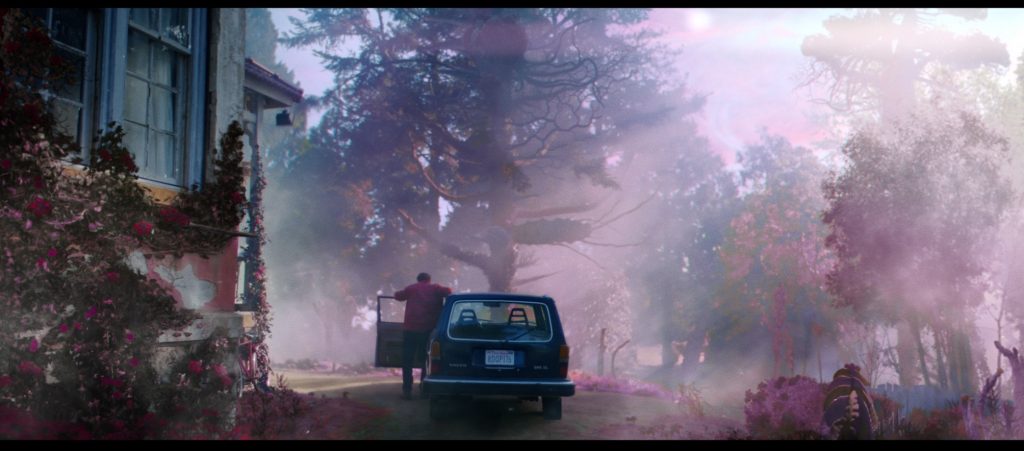
In essence, Color Out of Space is a story about a family battling an extraterrestrial intelligence that wants to transform Earth into wherever it came from, either by design or compulsion. The idea of a “virus” infecting the environment and creating weird anomalies is easy to contend with, but what sets the film apart is how the Gardner family are slowly torn apart. This is most notable in Nathan, as a father trying to keep his marriage alive and his family safe, suddenly faced with a celestial threat beyond anyone’s understanding. And it gives Cage a good excuse to play a creative introvert who dissolves into angry outbursts and flights of wild-eyed madness, struggling to keep things together for the sake of his frightened family. Cage’s days as a Hollywood big-hitter who can open movies are behind him, but he’s segued into being an affordable MVP for low-budget horrors like Mom and Dad (2017) and Primal (2019). Color Out of Space seems closely aligned to his trippy blood-spattered turn in Mandy (2018), however, only with mutant alpaca blood replacing that of demonic bikers. That’s perhaps no surprise as it comes from the same producers.
The earlier stages of the movie are the highlight, particularly if you’re not sure where things are headed and have no knowledge of the short story, as it builds a wonderfully tense and creepy tone. And there’s always some interesting new kink to the story or moments of more traditionally frightening body-horror imagery, which I won’t spoil. The performances are all strong and Stanley places just as much emphasis on the scariness of a family unravelling as he does on the opportunities for sci-fi horror and cosmic dread. This creates a movie with a chilling atmosphere that draws you in slowly, ensures you’re properly invested in the characters and what they’re facing, then has fun escalating the offbeat weirdness to jaw-dropping levels. Color Out of Space is a moody and well-crafted opening salvo of an intended trilogy of Lovecraftian horror I hope Richard Stanley gets to continue. Or if not, let’s just hope he doesn’t get kicked back into the wilderness for another three decades.

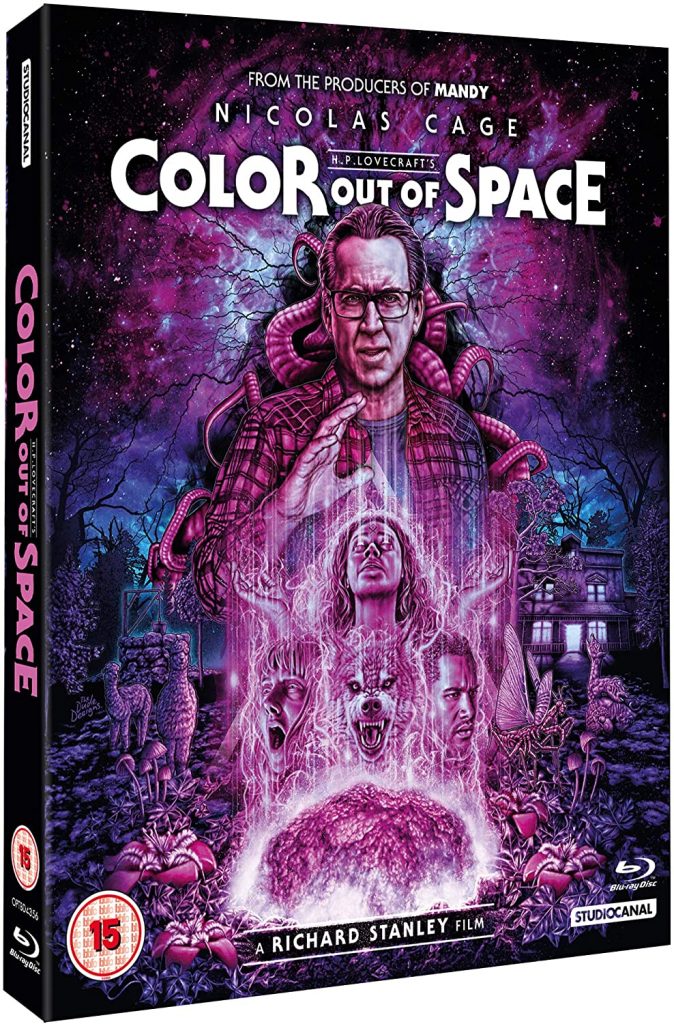
StudioCanal handles the UK release of Color Out of Space on 1080p Blu-ray with an aspect ratio of 2.39:1. It’s a great transfer with good black levels (no crush) and vivid uses of the signature pinkish-purple “colour from out of space”.
There’s a DTS-HD 5.1 Master Audio track on the Blu-ray that is atmospheric and involving, with discrete audio effects and a strong dynamic range with excellent handling of dialogue. Shame there’s no Dolby Atmos but the DTS-HD is no slouch.
Bizarrely, there are no Special Features on StudioCanal’s release of this Blu-ray in the UK, despite other countries getting a Making-Of documentary, Deleted/Extended Scenes, and a Photo Gallery. Depressing! But we do get excellent cover art from Dude Designs and, if you purchase a copy from HMV, it comes with a Limited Edition fold-out poster and slipcase.
Editor’s note: this portion of the review was updated to reflect there actually is a 4K UHD version of the film available to buy in the UK, but at time of writing it didn’t look like there was.
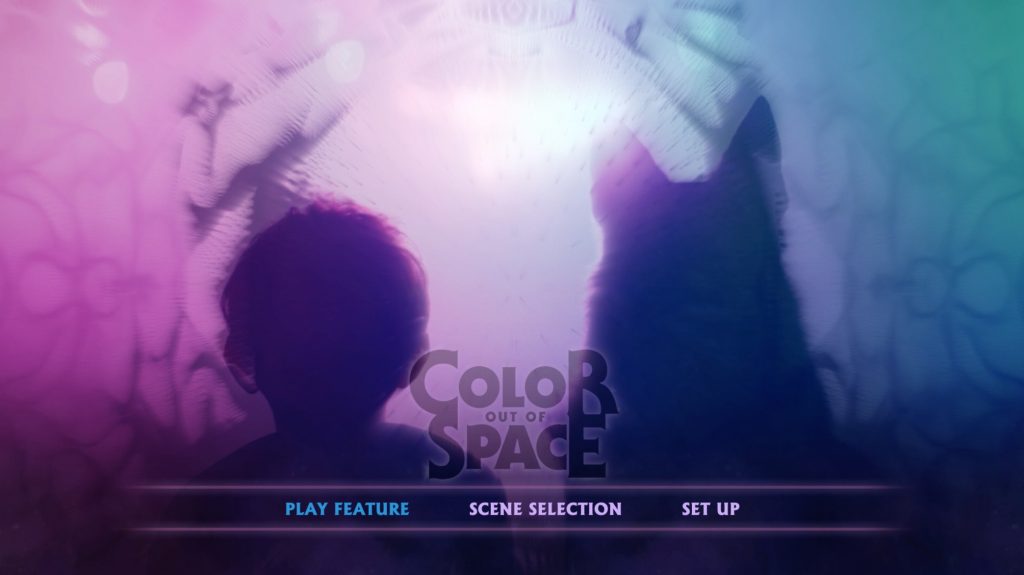

director: Richard Stanley.
writers: Richard Stanley & Scarlett Amaris (based on ‘The Colour Out of Space’ by H.P Lovecraft).
starring: Nicolas Cage, Joely Richardson, Madeleine Arthur, Q’orianka Kilcher & Tommy Chong.
